
Artificial Selection Selectively Breeding Organisms


Artificial Selection Objectives
-
Compare artificial selection to natural selection including what they have in common and how they differ.
-
List multiple examples of artificial selection in animal species.
-
Provide possible explanations of how dogs descended from wolves, including the role and potential problems associated with artificial selection.
For thousands of years, humans have known that if you breed two parent organisms with a desired trait, that trait is likely to appear in their offspring.
Artificial selection is humans breeding organisms, selecting for certain traits. Darwin artificially selected pigeons as part of his research. Artificial selection has similarities to natural selection.
Take a moment to recall the steps of natural selection, or V.I.S.T.A.
We can still use V.I.S.T.A. for artificial selection with a slight modification:
V: there is still variation in organism’s traits, naturally occurring mutations that humans can select to breed.
I: this also depends on inheritance, the genetically-based traits being passed on in eggs and sperm to produce an offspring.
S: in this case humans are doing the selecting of who lives and reproduces.
T.: It still takes time or generations for a trait to become augmented.
A: The species has changed, but the adaptation is to human desired traits, not necessarily the organism’s natural environment.
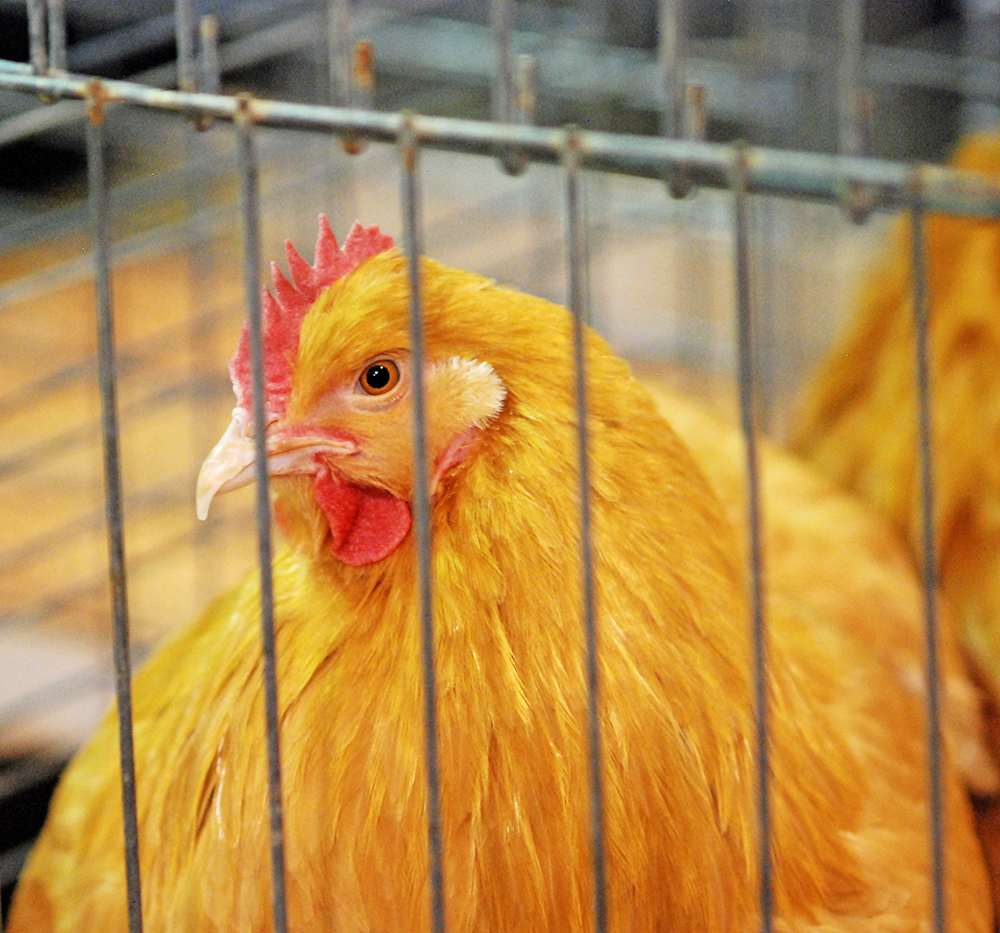
We’ll use corn as an example of artificial selection throughout the course. Some of the genetics of corn are simple enough for introducing more complex traits observed in animals.
This video provides an overview of artificial selection.
Dogs
Dogs are excellent animals for introducing the course topics of genetics, behavior, and evolution.
Dogs are descendants of wolves, although the actual original wolf species are being researched by comparing the DNA of living wolf species to dogs.
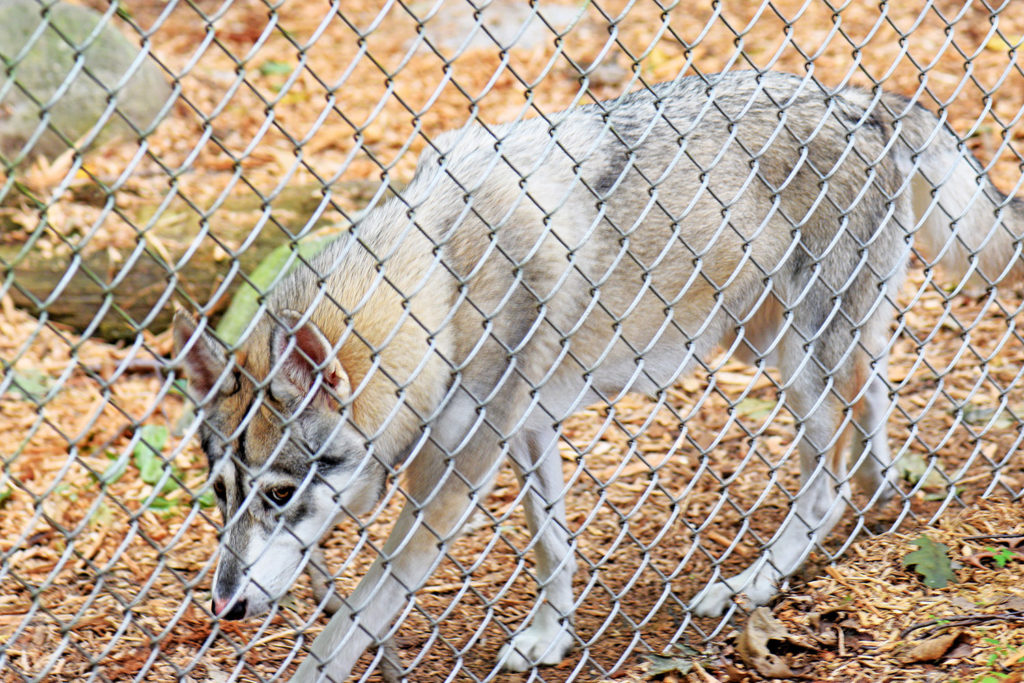
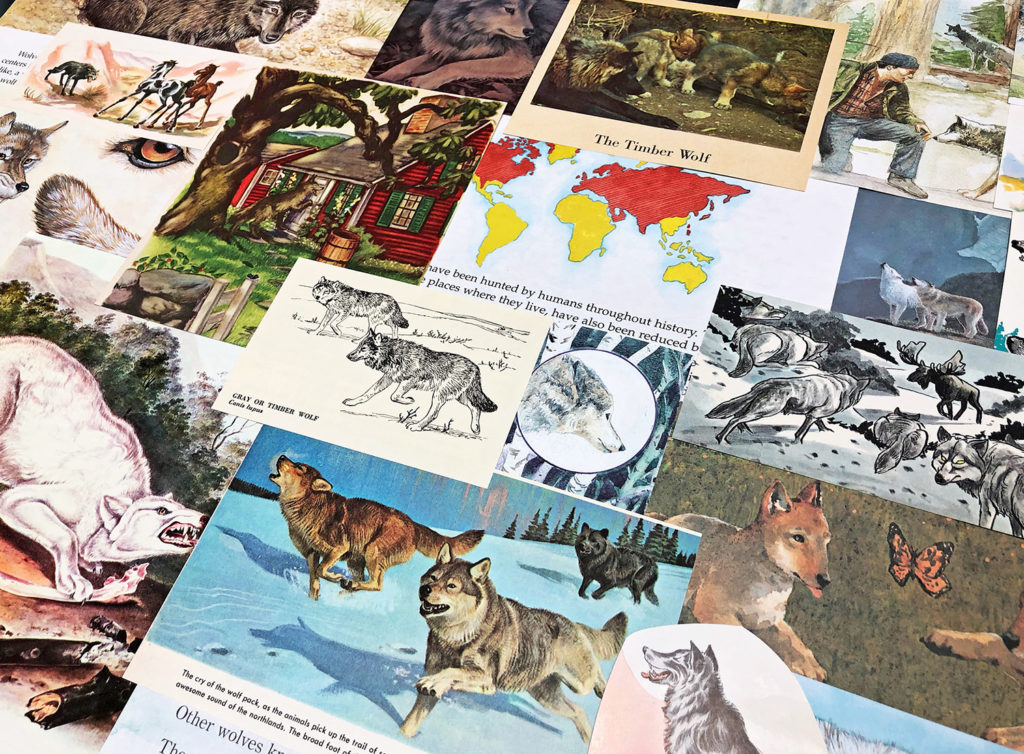
There is debate over whether humans selected calmer wolves to breed, or whether calmer wolves were able to creep close to humans to eat available food wastes. Either way, the dog descendants are considerable calmer that wolves.
“Calmer” behavior may have a genetic basis, a lower amount of adrenaline. Interestingly, this may explain why dog colors and patterns are so much more varied in dogs than wolves. Changes in adrenaline and various hormones may impact protein expression of visible traits like coat color.
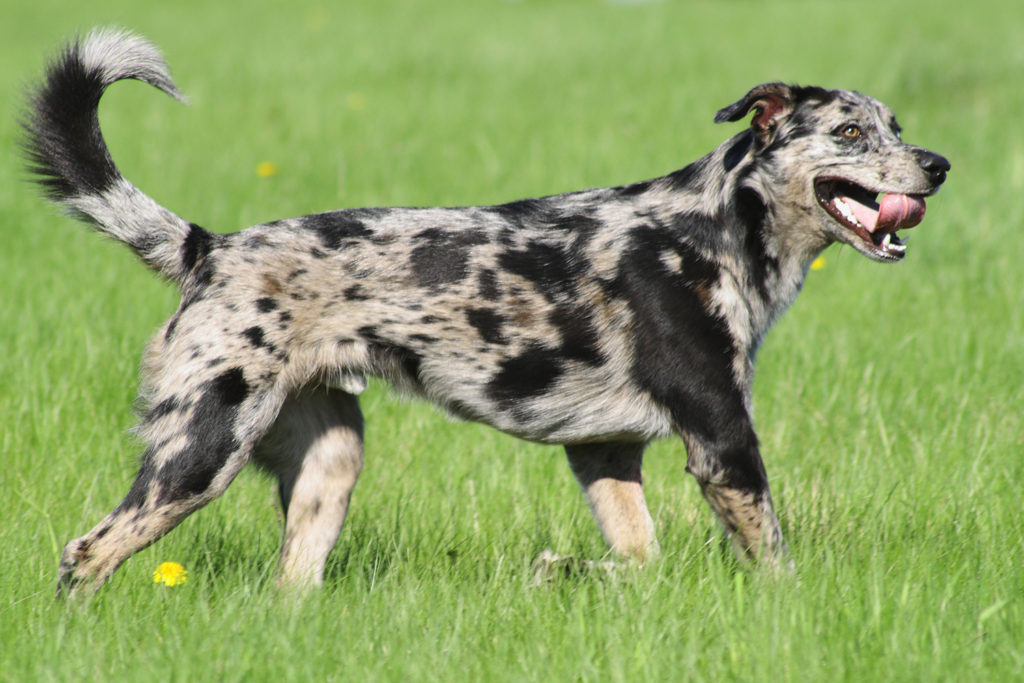
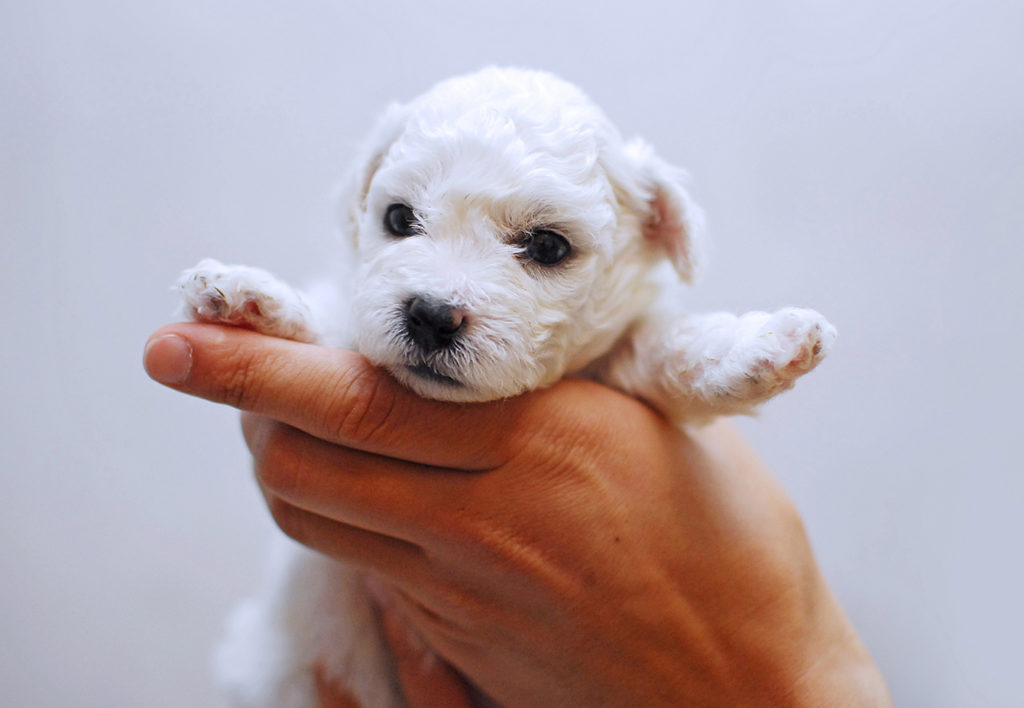
Dogs retain some of the behaviors of their ancestral wolves, including a pack behavior with a dominance hierarchy. Dogs imprint, or learn certain behaviors at a young age, when they are puppies. This includes recognizing family members, one of the reasons for handling puppies in their first few months of life.
Initially dog breeds were largely bred for hunting and protection. More recently dogs have been bred to “breed standards.” Mistakes have happened, including dogs that have narcolepsy (falling asleep at inappropriate times), arthritis (joint inflammation), heart disease, and shortened life spans.
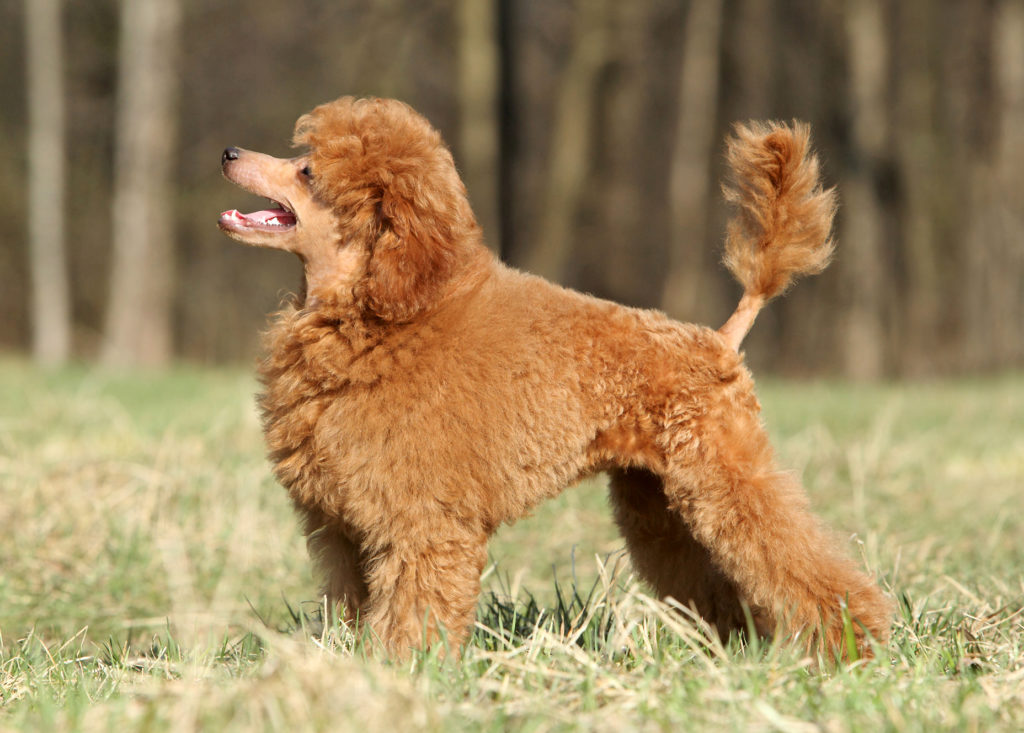
Artificial selection has led to diverse dog breeds.
(source: Shutterstock photos)

This video introduces a few popular dog breeds including some of their defining characteristics.
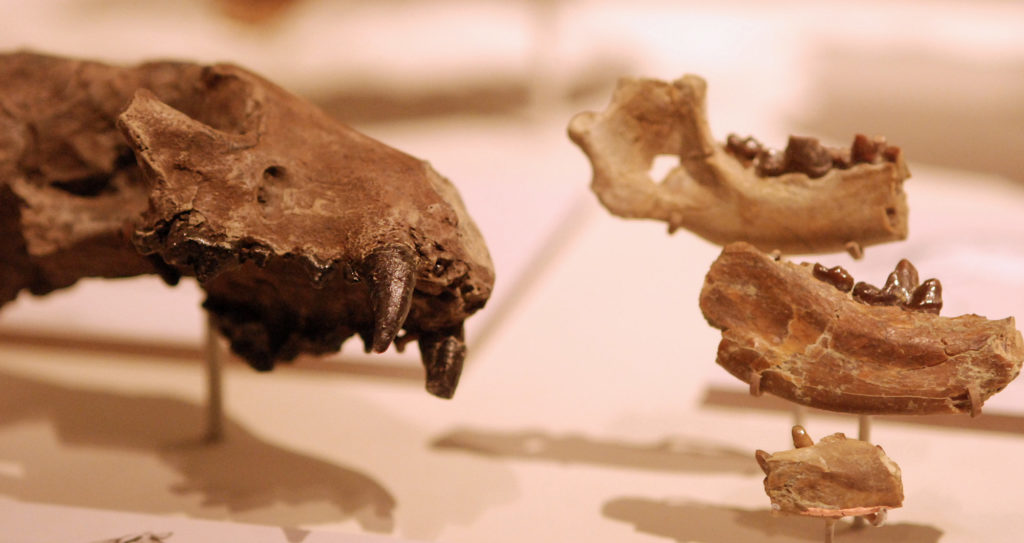
Dog ancestry is studied in part through modern genetic analysis of DNA, and in part through the fossilized remains of ancient wolves and dogs.
Many dog lineages (lines) have gone extinct over time, including at least three different groups of dogs that ranged North America in packs like wolves.
Some of the early hypotheses of dog ancestry prior to DNA analysis have been shown to be incorrect. This 1950s textbook illustration proposes the possibility that jackals were in part the ancestors of dogs. The same was thought of the wild dog packs of the African savannah (same common name, completely different species). We are learning that even if two species look alike and behave alike, they could have diferent evolutionary pathways.
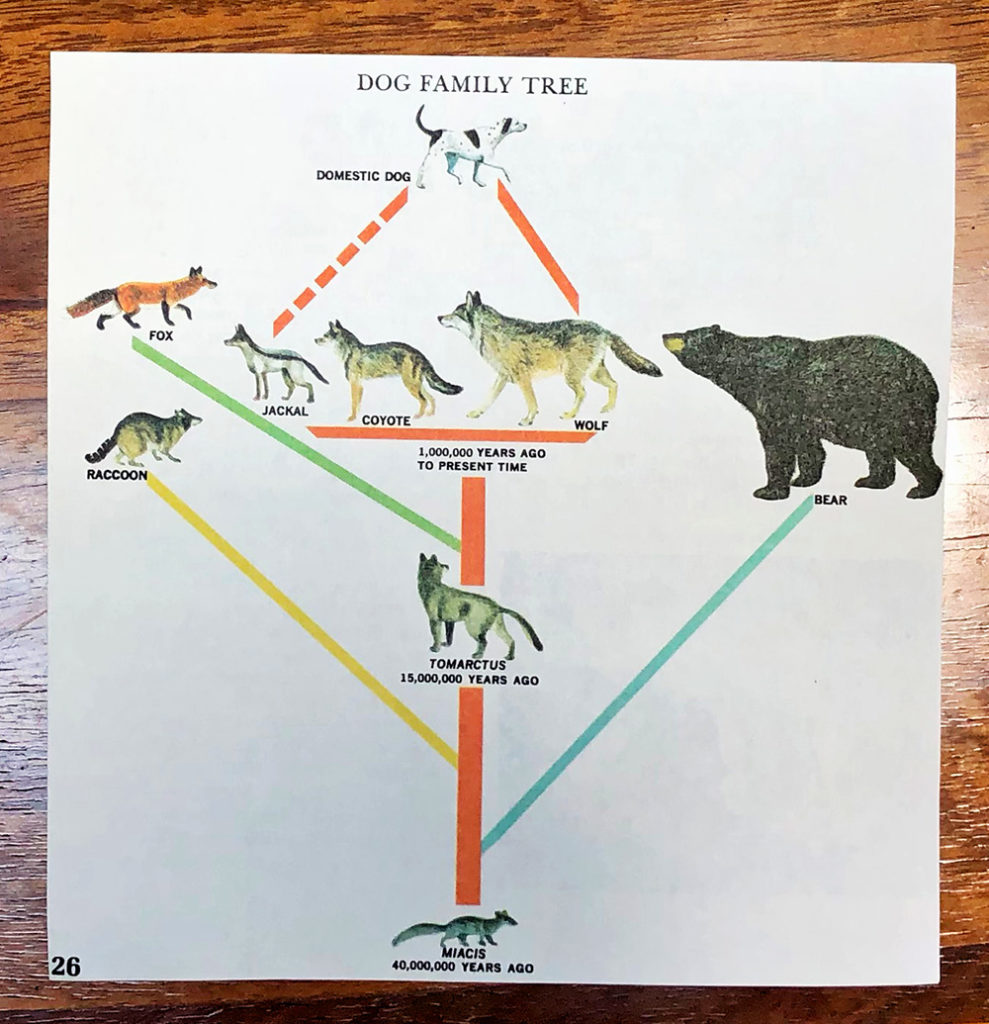
Dogs may be the ultimate example of artificial selection: breeding for structures and behaviors, tailoring a species to match human desires.
“Everything I know I learned from dogs.”
– Nora Roberts (author)
This is the end of Guide 1B. The product page reviews this Guide’s learning objectives for the quiz and Field Kit media piece instructions.

Check your knowledge. Can you:
-
compare artificial selection to natural selection including what they have in common and how they differ?
-
list multiple examples of artificial selection in animal species?
-
provide possible explanations of how dogs descended from wolves, including the role and potential problems associated with artificial selection?



